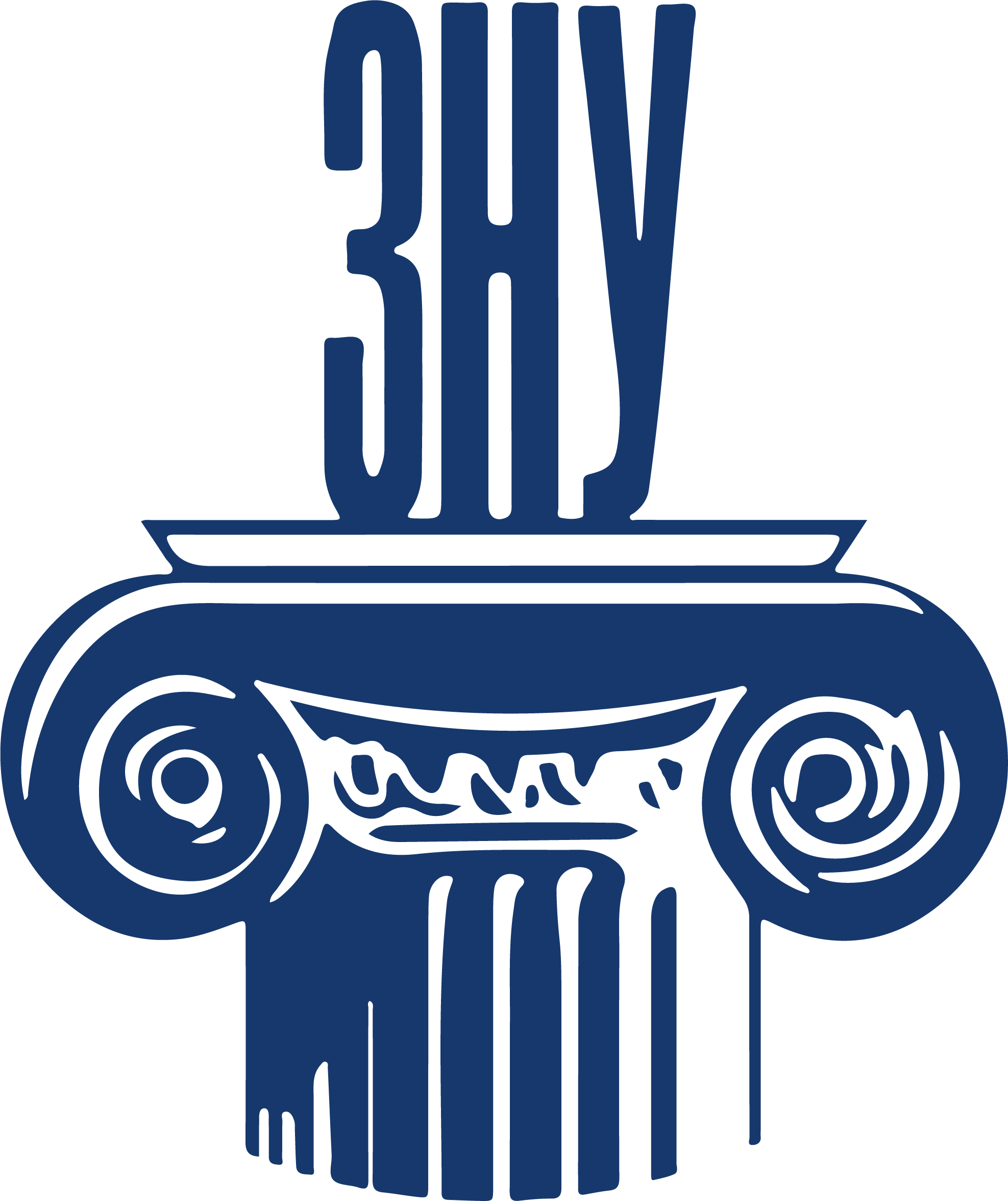LEXICOGRAPHIC ANALYSIS OF THE CONCEPT OF EPIDEMIC: FEATURES OF THE USE AND TRANSFORMATION OF NOMINATIVE LEXEMES
Abstract
The article discusses the features and causes of basic changes and expansion of the meaning of the concept of “epidemic” in the context of certain historical events. This topic is particularly relevant due to the need to update our understanding of this concept, since the latest modern epidemic caused by COVID-19 has led to a serious global crisis in all spheres of public life. Recent pandemic events have exposed old ones and initiated the creation of new forms of relationships in conceptual terms, especially focusing on such equally relevant concepts as “Pandemic” and “coronavirus”. The purpose of the article is to try to analyze the evolutionary changes of the concept of EPIDEMIC in connection with the historical development of society and its acquisition of new semantic shades, combining the results of synchronous and diachronic analyses of this concept. For this purpose, a review of various interpretations and understanding of the phenomenon of the epidemic as a concept and separately of the epidemic as a nominee token, proposed by representatives of various sciences, including medicine, philosophy, history, theology, politics and art during the historical development of society, was carried out. The object of research is the concept of EPIDEMIC in the mass consciousness, the specifics of its actualization and verbalization, lexical and graphic changes that have occurred in the semantic field of the concept throughout history. The subject of the research is the nominee lexeme of the EPIDEMIC concept in various historical monuments, the features and context of its use, the path of complication and differentiation from other lexemes with a related meaning. In the course of the research, the following tasks were set and implemented: 1. Consider the main historical approaches to understanding and perceiving the concept of EPIDEMIC. 2. Analyze the current meaning of the EPIDEMIC concept. The study covers a wide range of periods from the ancient Greek understanding of the word “epidemic” to its first serious reinterpretation and subsequent, now modern use. The author examines the works of outstanding historical figures, including Homer, Hippocrates, Thucydides, Emile Littre and many others. In addition, the paper uses the best practices of modern researchers, both domestic and foreign: R. Povoroznyuk, O. Shanina, S. Muallem, Y. Mail, A. Jocuns, etc. This approach to the study of the concept and its lexical and graphic representation allows us to make correspondences and combine the dynamics of specific historical cases and the conceptual evolution of the concept of “epidemic”, to find out how time and context affect its perception in the public consciousness and whether the actual form of understanding the concept is final.
References
2. Поворознюк Р.В. Медичний переклад як засіб популяризації біомедичних знань. Науковий вісник Міжнародного гуманітарного університету. Серія: Філологія. Вип. 34. T. 2. Одеса : Видавничий дім «Гельветика», 2018. С. 74–76.
3. Селіванова О. Лінгвістична енциклопедія. Полтава : Довкілля, 2010. 844 с.
4. Шаніна О.С. Медичний дискурс: комунікативно-прагматичний і сугестивний аспекти. Одеса, 2015. 254 с.
5. Bailly A. Dictionnaire grec-français. Paris : Payot. 1950. 793 p.
6. Britannica Thesaurus. Epidemic. Encyclopedia Britannica. 2020. Retrieved from: https://www.britannica.com/science/epidemic
7. Carmichael A.G. Plague of Athens. The Cambridge world history of human disease. Cambridge University Press. 1993.
8. de Romilly J. Thucydide, la guerre du Péloponnèse. Paris : Les Belles Lettres. 1991.
9. Grmek M.D. Les maladies à l’aube de la civilisation occidentale. Paris : Payot. 1994.
10. Frith J. The History of Plague. Part 1. The Three Great Pandemics. Journal of Military and Veteran Health. 2012. Vol. 20. No. 2.
11. Kriz P., Giogini D., Musilek M., Larribe M., Taha M.K. Microevolution through DNA exchange among strains of Neisseria meningitidis isolated during an outbreak in the Czech Republic. New York : Res Microbiol. 1999.
12. Littré E. Oeuvres complètes d’Hippocrate. Vol. 2. Baillère (Paris). 1840.
13. Mai Y., Jocuns A. CoronaVirus Discourse: A Critical Discourse Analysis of COVID-19 Media Narratives. Journal of Humanities. 2023.
14. Mouallem S. The language of pandemic. ITI Bulletin. 2020.
15. Perseus Digital Library. Tufts University. URL: http://www.perseus.tufts.edu.
16. Rey A. Dictionnaire historique de la langue française. Dictionnaires Le Robert (Paris). 1992.
17. Roget J. 21st Century Thesaurus. 3rd ed. Chicago : A Delta Book. 2005.
 ISSN
ISSN 


.png)




